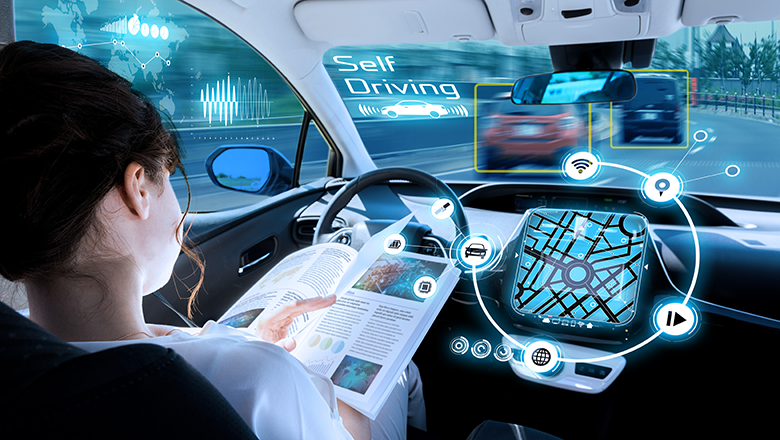- cross-posted to:
- [email protected]
- cross-posted to:
- [email protected]
Driverless cars worse at detecting children and darker-skinned pedestrians say scientists::Researchers call for tighter regulations following major age and race-based discrepancies in AI autonomous systems.



Weird question, but why does a car need to know if it’s a person or not? Like regardless of if it’s a person or a car or a pole, maybe don’t drive into it?
Is it about predicting whether it’s going to move into your path? Well can’t you just just LIDAR to detect an object moving and predict the path, why does it matter if it’s a person?
Is it about trolley probleming situations so it picks a pole instead of a person if it can’t avoid a crash?
Im guessing it can’t detect them as objects at all, not that it can’t classify them as humans.
That seems like the car is relying way too much on video to detect surroundings…
Sooo… like the Tesla?
Haha yes, but from the article I got the impression it was across all tested brands. Tesla is being called out at the moment for not having the appropriate hardware that other brands are using (e.g. LIDAR).
Bingo.
Conant and Ashby’s good regulator theorem in cybernetics says, “Every good regulator of a system must be a model of that system.”
The AI needs an accurate model of a human to predict how humans move. Predicting the path of a human is different than predicting the path of other objects. Humans can stand totally motionless, pivot, run across the street at a red light, suddenly stop, fall over from a heart attack, be curled up or splayed out drunk, slip backwards on some ice, etc. And it would be computationally costly, inaccurate, and pointless to model non-humans in these ways.
I also think trolley problem considerations come into play, but more like normativity in general. The consequences of driving quickly amongst humans is higher than amongst human height trees. I don’t mind if a car drives at a normal speed on a tree lined street, but it should slow down on a street lined with playing children who could jump out at anytime.
Anyone who quotes Ashby et al gets an upvote from me! I’m always so excited to see cybernetic thinking in the wild.
Thanks, you make some good points. (safe) human drivers drive differently in situations with a lot of people in them, and we need to replicate that in self-driving cars.
Cameras and image recognition are cheaper than LIDAR/RADAR, so Tesla uses it exclusively.
They need to safely ignore shadows, oil stains on the road, just because there’s contrast on an image doesn’t mean it’s an object.
Sure but why on earth are we relying on cameras to drive cars? Many modern cars have radar, which is far more reliable.
Natural vision is awesome, it works for billions of humans. We just have nothing close to what the human eyes and brain offers in terms of tech in that spectrum.
I think it needs to be a combination of sensors since radar sucks in the rain/snow/fog.